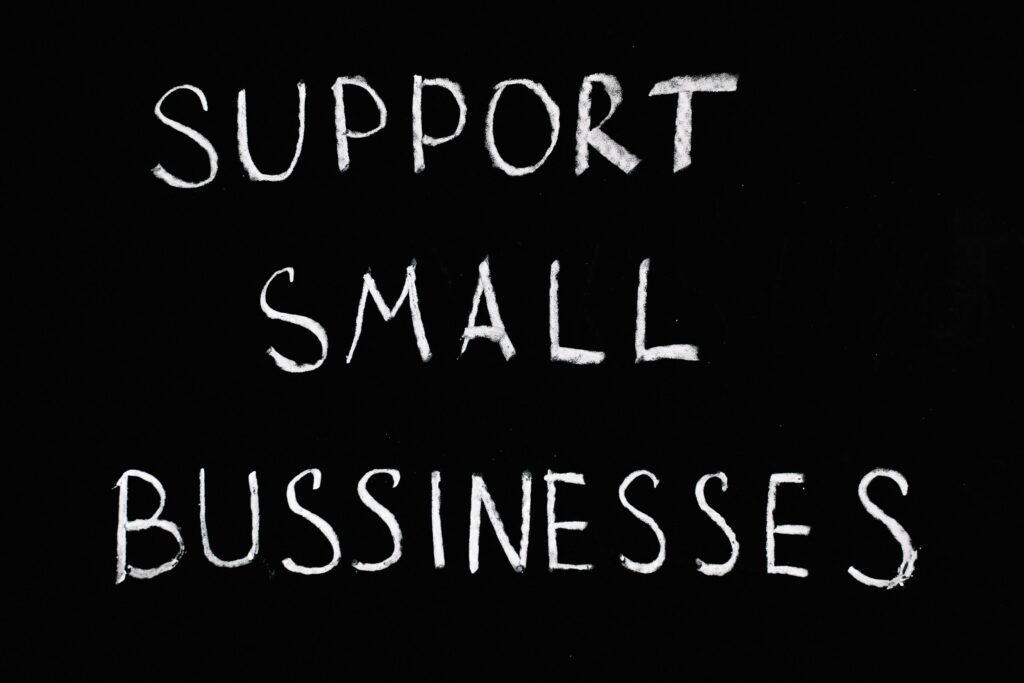
In today’s highly competitive market, branding is no longer just for big companies with massive marketing budgets. In fact, branding can be the key factor that separates a successful small business from one that struggles to gain attention. Whether you’re running a local coffee shop, an online store, or a freelance service, your brand is how people perceive and remember you.
In this article, we’ll explore why branding is crucial for small businesses, how it influences growth, and practical tips to build a strong brand from the ground up.
✅ What Is Branding?
Branding is more than just a logo or a business name. It’s the overall identity and personality of your business. It includes:
- Your logo and design style
- Your tone of voice and messaging
- Your company values and mission
- How customers feel when they interact with your business
In simple terms, branding is the impression you leave on customers. A strong brand helps people understand who you are, what you do, and why they should choose you over the competition.
🔑 Why Branding Matters for Small Businesses

1. Builds Trust and Credibility
People are more likely to buy from a brand they trust. When your business has a consistent look, feel, and message, it makes you appear more professional. Trust is especially important for small businesses that are still building a customer base. A well-developed brand helps potential clients feel confident in your products or services.
2. Sets You Apart from Competitors
The market is full of businesses that offer similar products or services. A unique brand identity helps you stand out. For example, two stores might sell handmade jewelry — but the one with a clear brand, story, and visual identity will usually attract more attention and loyalty.
3. Improves Customer Recognition
Customers are bombarded with content every day. A strong brand makes your business easier to recognize across platforms like your website, social media, packaging, and emails. Think of brands like Nike or Coca-Cola — their logos and messages are instantly recognizable. You can achieve the same in your niche, even on a smaller scale.
4. Supports Marketing and Advertising
When your branding is clear and consistent, it makes all of your marketing efforts more effective. You’ll know what kind of message to send, what tone to use, and how to visually present your content. This saves time and helps create a stronger connection with your audience.
5. Increases Business Value
A recognizable and trustworthy brand adds value to your business. If you ever want to sell or expand, having a strong brand makes your business more attractive to investors or buyers. It shows you’ve built something sustainable and memorable.
💡 How to Build a Strong Brand for Your Small Business
Here are practical steps any small business can take to create a strong brand:
✅ 1. Define Your Mission and Values
What does your business stand for? Why does it exist? Your mission should go beyond “making money” and focus on the value you bring to your customers.
✅ 2. Know Your Target Audience
Understand who your ideal customer is. What are their problems, desires, and values? Your brand should speak directly to them.
✅ 3. Design a Unique Visual Identity
This includes your logo, color palette, fonts, and design style. Make sure it’s consistent across your website, business cards, packaging, and social media.
✅ 4. Create a Brand Voice
Decide how your business “speaks.” Is your tone friendly and casual or professional and serious? Use the same tone in all your content, from blog posts to Instagram captions.
✅ 5. Be Consistent Everywhere
Consistency is key. Use the same visuals, tone, and message across all platforms. Over time, this helps build recognition and trust.
🎯 Final Thoughts
Branding isn’t just for big businesses. It’s one of the most powerful tools small businesses can use to grow, connect, and stand out in a crowded market. By investing time and thought into your brand, you can build a loyal customer base, create lasting impressions, and position your business for long-term success.
Start with small steps: clarify your message, refine your visuals, and be consistent. Over time, your brand will become your greatest asset.


